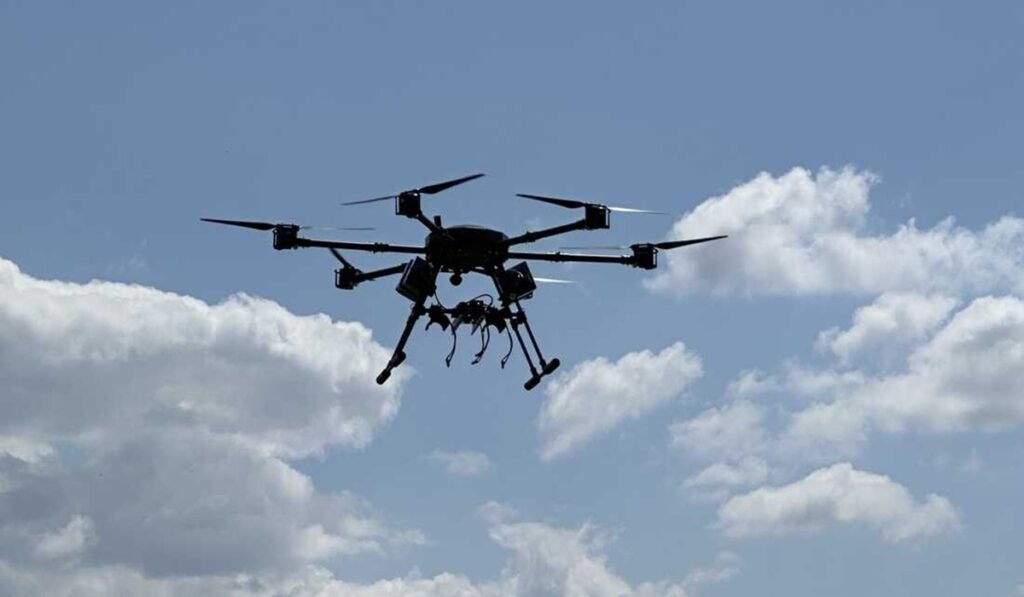Ukraine launched a large-scale drone assault on Russian airfields, marking a significant escalation in the ongoing conflict with Moscow.
Kyiv, Ukraine: On June 2, 2025, Ukraine executed a sophisticated drone attack, deploying 117 drones across five Russian regions, targeting key military airfields. The operation, dubbed “Spider’s Web,” struck bases from Murmansk near Norway to Irkutsk in eastern Siberia, setting several aircraft ablaze and dealing a symbolic blow to Russia’s relentless bombing campaign in Ukraine.
Details of the Attack
The Russian Defense Ministry reported that Ukrainian drones hit airfields in Murmansk, Irkutsk, Ivanovo, Ryazan, and Amur, spanning five time zones. Videos verified by independent sources showed fires at Olenya air base in Murmansk and Belaya air base in Irkutsk, with at least a dozen military aircraft, mostly strategic bombers like the Tupolev Tu-95, damaged. Russia claimed no casualties and said some attacks were repelled, while detaining individuals linked to the operation.
Operation Spider’s Web Unveiled
Ukraine’s security service, the S.B.U., revealed that the drones were secretly transported into Russia over months, hidden in wooden crates with remote-controlled lids and loaded onto trucks. These crates were designed to self-destruct after releasing the drones, ensuring no trace remained. Ukrainian officials suggested the truck drivers were unaware of their cargo. President Volodymyr Zelensky hailed the operation as “absolutely brilliant,” noting that planning began 18 months prior and operatives were safely withdrawn before the strikes.
Strategic and Symbolic Impact
The attack targeted Russia’s strategic bombers, critical for long-range strikes on Ukraine. Analysts suggest the operation aimed to disrupt Moscow’s air superiority and demonstrate Ukraine’s ability to strike deep within Russian territory. “This is a psychological and tactical win for Ukraine, showing they can hit Russia where it hurts,” said Dr. Olena Petrova, a military analyst at Kyiv’s Institute for Strategic Studies. The strikes also exposed vulnerabilities in Russia’s air defense systems, raising questions about their preparedness.
Russia’s Response and Broader Context
Russia’s Defense Ministry downplayed the attack’s impact, insisting that air defenses mitigated some strikes. However, footage of burning aircraft and smoke plumes over bases suggests significant damage. The operation comes amid escalating tensions, with Russia intensifying airstrikes on Ukrainian cities. A recent Agency report noted that Ukraine has increasingly relied on domestically produced drones to counter Russia’s military advantage, with production ramping up by 40% in 2025, according to Ukraine’s Ministry of Defense.
What Ukraine Hoped to Gain
Beyond damaging Russian aircraft, Ukraine aimed to disrupt Moscow’s bombing campaigns and boost morale domestically. “These strikes send a message: Russia is not untouchable,” said Andriy Koval, a former Ukrainian military officer. The operation also showcased Ukraine’s growing technological prowess, with drones capable of precise, long-range strikes. The S.B.U. claimed the attack damaged dozens of aircraft, potentially grounding key assets for weeks.
Global Reactions and Implications
The international community has taken note, with NATO officials privately praising Ukraine’s ingenuity while urging restraint to avoid further escalation. A European diplomat, speaking anonymously, said, “Ukraine’s ability to execute such a complex operation shifts the narrative of the war.” Meanwhile, Russian state media accused Ukraine of “terrorism,” vowing retaliation. The strikes may prompt Russia to bolster air defenses, diverting resources from the front lines.
#Ukraine #Russia #DroneAttack #SpiderWeb #MilitaryConflict #AirBases #Zelensky


